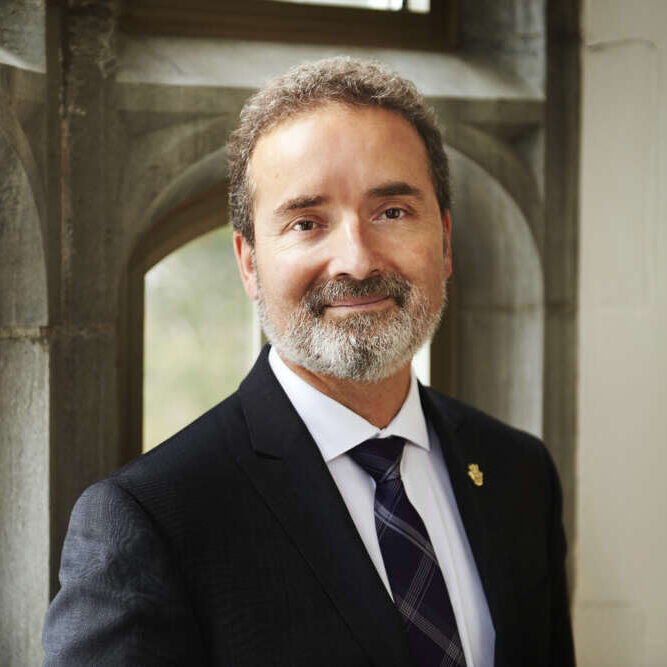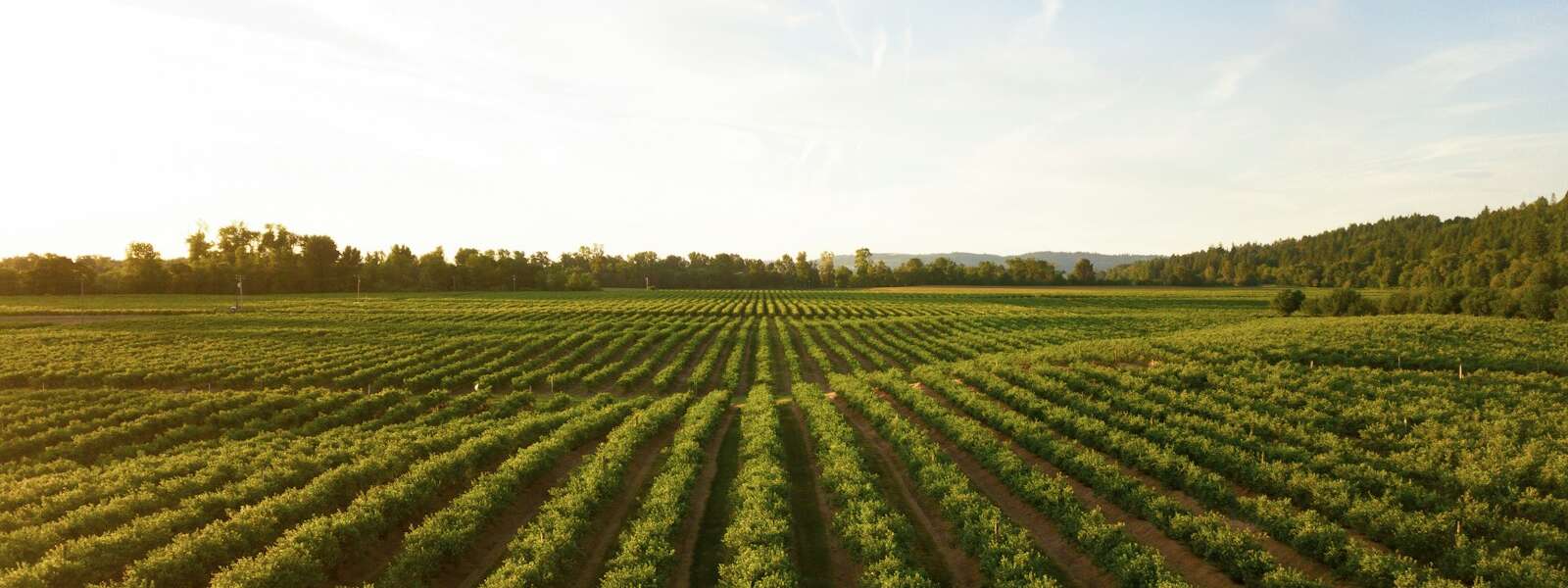By Dr. Rene Van Acker, acting president and vice-chancellor, Dr. Evan Fraser, director of the Arrell Food Institute and Dr. Lenore Newman, University of the Fraser Valley
This article is republished with permission from The Globe and Mail. Read the original article.

This fall at Canada’s Outdoor Farm Show in Woodstock, Ont., visitors were treated to a tour de force of agriculture and food innovation. Self-driving tractors and drone crop sprayers increase productivity and reduce pesticide and fertilizer use, shrinking the environmental impact of farming while boosting profitability. Advanced genomics create healthier, more resilient crops and livestock. Data management systems bring the power of big data and artificial intelligence onto our farms and our ranches.
Yet despite all this innovation, we face an uncomfortable truth. Few of the technologies on display were developed in Canada and in many ways, agriculture in this country is lagging.
Consider the Netherlands. Its land mass would fit comfortably in Eastern Ontario, yet it vastly outcompetes Canada in its contribution to the global food system. In 2023, the value of its agricultural exports was about twice that of ours – this in a country that has been reducing its total agricultural emissions over the past 30 years. They have achieved this by investing in technological innovation and bringing government, the corporate sector and researchers together in a model they call the “triple helix.”
The Netherlands’ success stands in stark contrast to Canada’s lagging performance. If there’s any sector of the economy where we should be a global leader, it should be agriculture. We have the fertile land, the fresh water and a community of sophisticated producers. Canadian food products are amongst the safest and most sustainable in the world and we have a network of public agrifood research facilities and smart farms. Most regions in the world can only look with envy at what we have.

The reason we are failing to realize our potential is both predictable and pedestrian. We have a regulatory system that is hard to navigate, there is a lack of capital available to agriculture and food entrepreneurs and we face chronic labour shortages that throttle innovation. This is especially galling given that we are great as a nation at creating intellectual property and starting companies. But to survive, our agriculture and food entrepreneurs often flee to the United States, where their companies find the training, mentorship and capital they need to go to scale.
All this means that although our research and training capacity is substantial and our international reputation is enviable, we fail to realize the benefits of these assets and we languish.
The good news is that if the barriers are pedestrian, so too are the solutions. First, although we have an excellent network of over 160 business incubators and accelerators across Canada, only a handful focus on agriculture and food. We need more capacity. We urgently need strategies that create incentives to encourage capital to flow into this space; the recent announcement that agricultural lender Farm Credit Canada is creating a venture wing is a good start.
Crucially, our universities and colleges need the opportunity do more. We need to redouble our efforts to encourage young innovators to apply their ingenuity to sustainable food production and food security. And Canada’s research councils need to create funding opportunities so that established researchers working in disciplines such as robotics, genomics and artificial intelligence are given opportunities to apply these tools to making Canada’s food system more efficient, healthy and sustainable.
Launching a national sustainable, innovative ecosystem that positions our country for global leadership in agrifood innovation is not an impossible dream. It will take effort and investment, but we’re not exactly proposing to build a food system on Mars or perfect cold fusion in a bottle. If we want to realize our country’s potential as an agrifood superpower, it will take focused effort, but the goal is entirely achievable.
In a world riddled with political upheaval and climate chaos, many countries are looking to Canada to be a leader in the sustainable agrifood revolution. Furthermore, all macro trends, from volatile energy prices to population growth, suggest that there is a strong business base to finding solutions for producing more healthy and sustainable food while helping the planet. The only real question is whether Canadians, and Canadian leadership, will be the ones to make the investment that allows us to achieve this goal.
